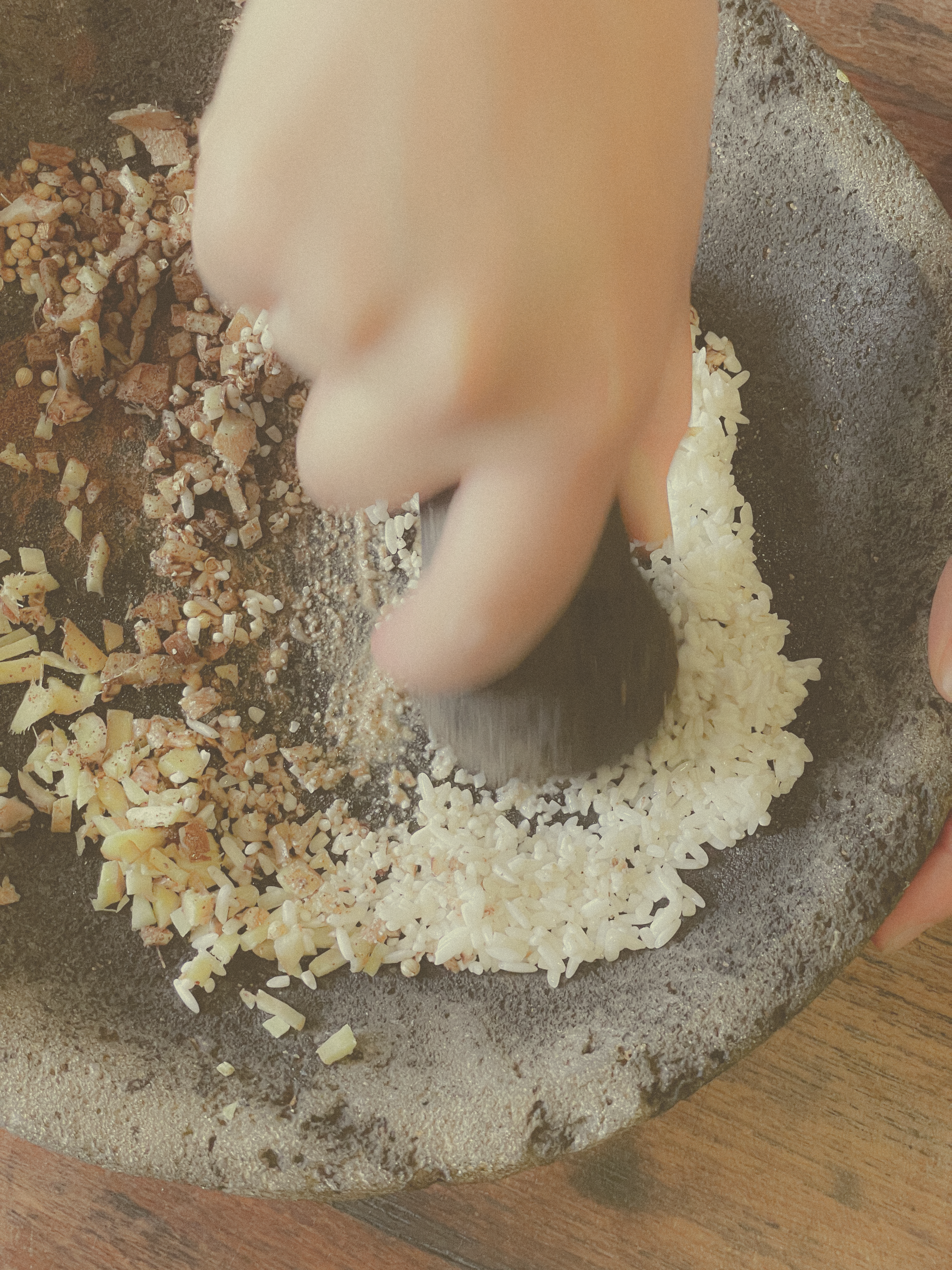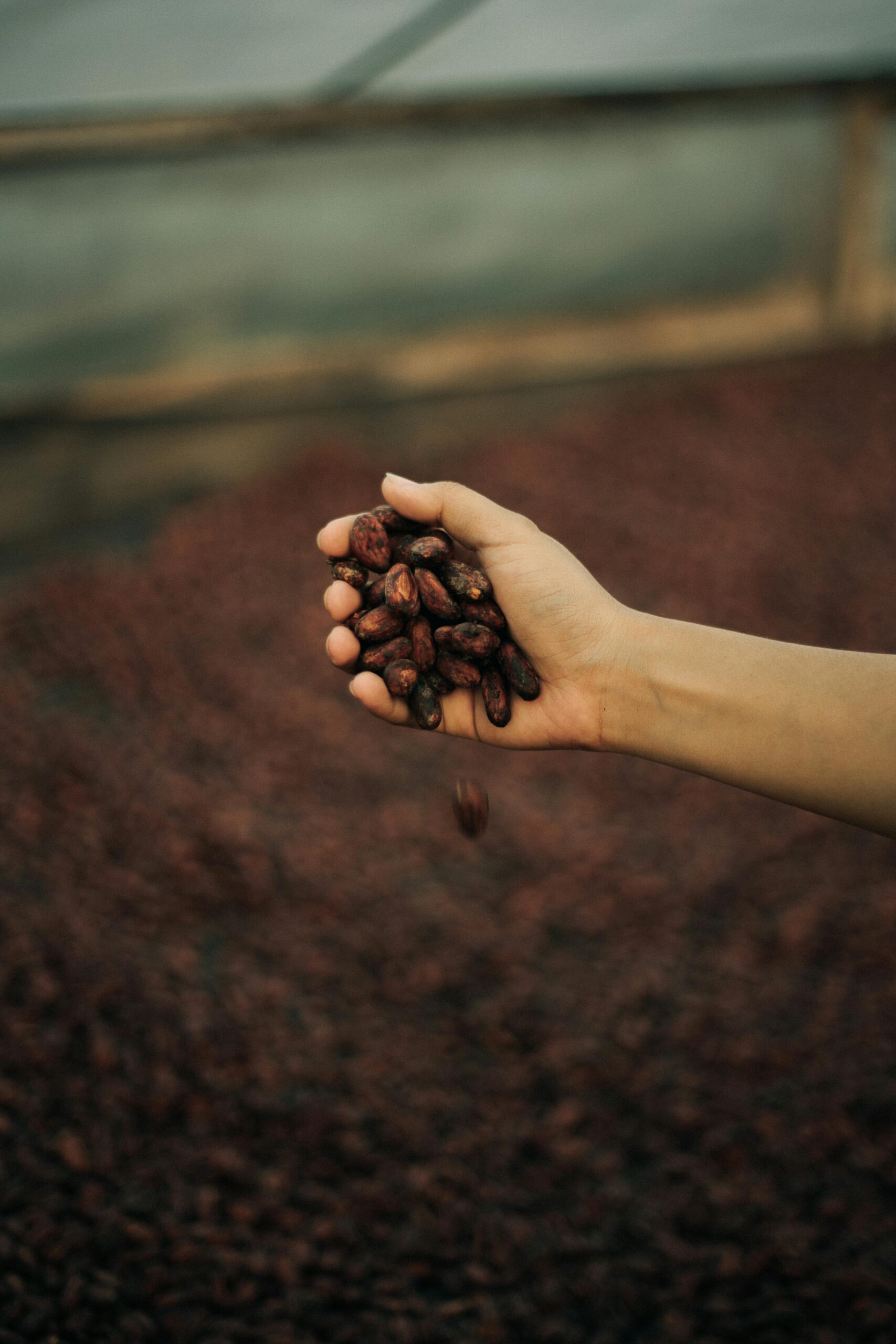During my recent visit to Florence, Italy, I had the opportunity to attend a captivating Ayurvedic Doshas workshop at The 22, the city’s trendiest wellness center. The workshop focused on the rituals for the Kapha Dosha season, but it made me realize that oftentimes our understanding of what the Ayurvedic Doshas encompass is quite limited to the surface level.
If you’ve been curious about Ayurveda, chances are you’ve taken an online dosha quiz, or maybe started following an Ayurveda-inspired morning routine, that’s basically the extent that I was at before this workshop– but what I’ve discovered is that there is a wealth of wisdom and holistic healing opportunities that come with understanding the workings of Ayurvedic doshas. It’s fascinating to explore how these doshas influence us and how we can use them to find harmony in our lives.
Overview of the Ayurvedic Doshas
The concept of Doshas is core to the ancient Indian medicinal practice of Ayurveda. They are the three fundamental energies that govern our physiological functions. These encompass Vata (air and space), Pitta (fire and water), and Kapha (earth and water).
Each individual has a unique balance of these doshas, which shapes our nature, predispositions, and overall health. As well each dosha rules over a certain time of day, seasons of the year, and different bodily functions.
Understanding and balancing one’s doshas are key to achieving harmony, well-being, and vitality according to Ayurvedic principles.
Vata Dosha
Elements: Space and air.
Characteristics: Vata governs movement in the body, the nervous system, and the process of elimination. People with a dominant Vata dosha are often described as quick-thinking, thin, and fast-moving.
Physical Traits: They tend to have a lighter frame, dry skin, and cold hands and feet.
Mental Traits: They are creative, energetic, and flexible but also prone to anxiety and inconsistency.
Vata Time: Morning: 2 AM to 6 AM, Evening: 2 PM to 6 PM
These times are associated with qualities of movement and change, often considered good for meditation and creative activities. During the evening, it’s an ideal time for winding down from your responsibilities and preparing for rest and nourishment.
Vata Season: Late fall and early winter.
This period is characterized by cold, dry, and windy weather. Balancing Vata involves increasing warmth, moisture, and stability in food, activities, and lifestyle.
Pitta dosha
Elements: Fire and water.
Characteristics: Pitta controls digestion, metabolism, and energy production. The primary function of Pitta is transformation.
Physical Traits: People with a Pitta constitution are usually of medium size and weight. Fair skin, and freckles, they sometimes have bright red hair, but baldness or thinning hair is also common in a Pitta.
Mental Traits: They are intelligent, competitive, and good decision-makers but can become angry and aggressive.
Pitta Time: Morning: 10 AM to 2 PM, Evening: 10 PM to 2 AM
Pitta times are linked to transformation and metabolism. The midday period is when digestive fire is strongest, suggesting it’s the best time for the main meal. At night, this period is linked to internal cleansing and the processing of emotions.
Pitta Season: Late spring and summer.
The season is hot, intense, and bright, reflecting Pitta’s fiery nature. Cooling, hydrating, and relaxing practices are recommended to balance Pitta during these months.
Kapha dosha
Elements: Earth and water.
Characteristics: Kapha is the energy that forms the body’s structure — bones, muscles, and tendons — and provides the “glue” that holds the cells together. Kapha supplies the water for all bodily parts and systems.
Physical Traits: People with a dominant Kapha dosha have a strong, heavy build, smooth, radiant skin, and thick, lustrous hair.
Mental Traits: They are naturally calm, thoughtful, and loving, with an innate ability to enjoy life and are comfortable with routine. However, when they are out of balance, they can become resistant to change and even stubborn.
Kapha Time: Morning: 6 AM to 10 AM, Evening: 6 PM to 10 PM
These times are heavy and stable, reflecting Kapha’s qualities. Morning is a good time for exercise to invigorate the body, while the early part of the evening is ideal for relaxation and nourishment.
Kapha Season: Late winter and early spring.
This time is often wet, heavy, and slow, mirroring Kapha qualities. Activities and diets that are stimulating, light, and warming can help counterbalance the sluggishness of Kapha.
balancing your Ayurvedic Doshas
We all have a unique mix of the doshas within us, and depending on external environmental factors, the time of day, or what season we are in different doshas can become imbalanced within us which can result in physical or mental ailments. Having the knowledge to identify an imbalanced dosha and effectively restore balance is crucial for maintaining mental and physical wellness.
vata imbalance
Physical Signs:
- Dry skin and hair
- Weight loss
- Constipation or irregular bowel movements
- Insomnia or disturbed sleep
- Cold hands and feet
- Restlessness or hyperactivity
Mental/Emotional Signs:
- Anxiety or nervousness
- Difficulty focusing
- Feeling overwhelmed or scattered
- Fearfulness or insecurity
balancing vata
Diet:
- Favor warm, cooked, nourishing foods.
- Include healthy fats like ghee and olive oil.
- Prefer sweet, sour, and salty tastes.
- Reduce dry, cold, and raw foods.
- Herbal teas like ginger or chamomile can be beneficial.
Lifestyle:
- Maintain a regular routine with consistent meal and sleep times.
- Engage in gentle exercises like yoga and walking.
- Practice stress-reduction techniques such as meditation and deep breathing.
- Keep warm in cold weather.
Other Practices:
- Abhyanga (self-massage) with sesame oil.
- Use calming and grounding essential oils like sandalwood or lavender.
Pitta imbalance
Physical Signs:
- Excessive hunger or thirst
- Hot flashes or excessive sweating
- Skin rashes, acne, or inflammation
- Acid reflux, gastric or peptic ulcers, heartburn
- Loose stools or diarrhea
Mental/Emotional Signs:
- Irritability or anger
Impatience - Criticalness or judgmental attitude
- Frustration or aggressiveness
balancing pitta
Diet:
- Favor cool, refreshing, and moderately heavy foods.
- Include plenty of fresh fruits and vegetables.
- Prefer sweet, bitter, and astringent tastes.
- Limit spicy, fried, and salty foods.
- Herbal teas like peppermint or licorice can be helpful.
Lifestyle:
- Avoid excessive heat and direct sunlight.
- Engage in cooling activities like swimming.
- Practice moderation in all activities.
- Find ways to manage stress and anger, like meditation.
Other Practices:
- Abhyanga with cooling oils like coconut oil.
- Use soothing essential oils like rose or jasmine.
Kapha Imbalance
Physical Signs:
- Weight gain or difficulty losing weight
- Excessive sleep or feeling of heaviness
- Water retention or bloating
- Sinus congestion or excessive mucus
- Sluggish digestion
Mental/Emotional Signs:
- Resistance to change
- Attachment or possessiveness
- Lack of motivation or lethargy
- Depression or feeling stuck
Balancing Kapha
Diet:
- Favor light, dry, and warm foods.
- Include plenty of vegetables and legumes.
- Prefer pungent, bitter, and astringent tastes.
- Reduce sweet, sour, and salty foods.
- Herbal teas like green tea or cinnamon tea can be beneficial.
Lifestyle:
- Regular exercise, especially aerobic activities.
- Avoid daytime naps and sleeping in late.
- Stay active and avoid prolonged sitting.
- Stimulate your mind and body regularly.
Other Practices:
- Dry brushing and vigorous massage with a light oil like sunflower oil.
- Use invigorating essential oils like eucalyptus or peppermint.
Finding balance between Vata, Pitta, and Kapha is like a continuous journey, influenced by our surroundings, what we eat, and what we do. When we understand each dosha’s traits and effects, we can take better care of ourselves. When we know what to look for an live in a state of awarenss, we can adjust our lifestyle and habits to keep our doshas in harmony.
We can use the ancient Ayurvedic wisdom to empower us to actively participate in our well-being, leading to a more balanced life.












7 Responses
Good post! We will be linking to this particularly great post on our site. Keep up the great writing
Thank you very much!
I truly appreciate your technique of writing a blog. I added it to my bookmark site list and will
Just want to say your article is as surprising. The clearness in your post is just awesome and i could assume youre an expert on this subject Fine with your permission let me get your RSS feed to be updated with forthcoming post Thanks a million and please keep up the good
Hi! I’m at work browsing your blog from my new iphone!
Just wanted to say I love reading through your blog and look forward to
all your posts! Carry on the fantastic work!